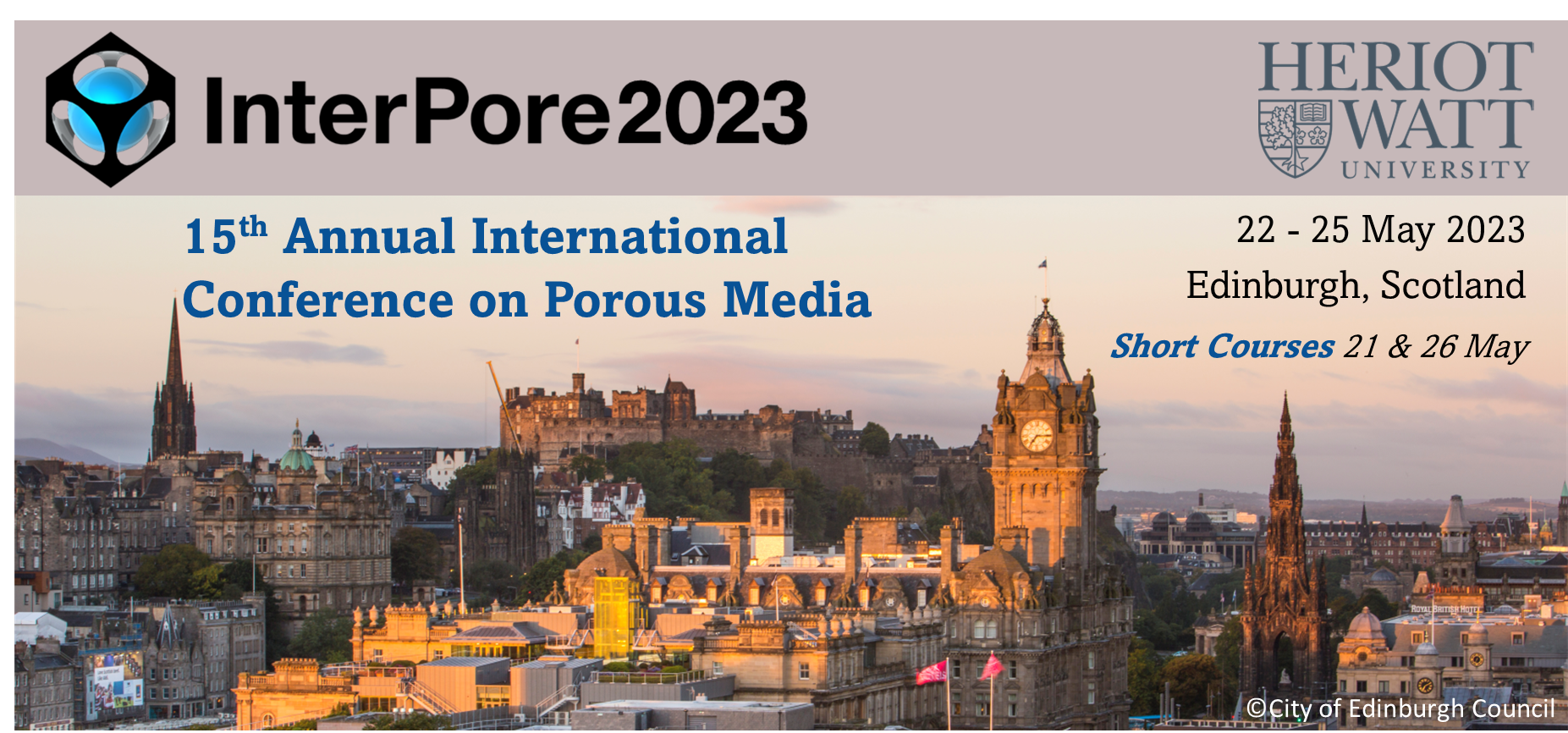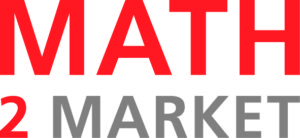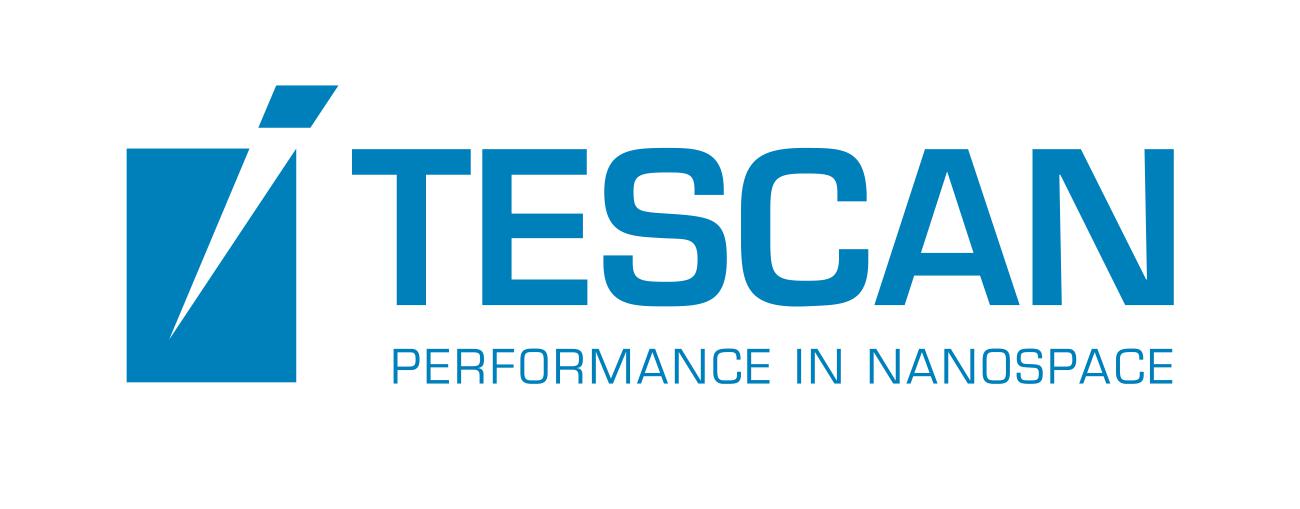Speaker
Description
The transport of solutes in partially and fully saturated nanoporous media such as compacted clays and tight rocks is a very fundamental process related to contaminant transport in groundwater and radionuclide migration in the context of nuclear waste disposal. Specifically, the charged surfaces of minerals induce an electrical double layer (EDL) in the electrolyte by the long-range Coulomb force and therefore influence the ion distribution within nanopores. The EDL overlap within nanopores can magnify the impact of the two-way coupling between electrokinetic effects and ion diffusion. A novel pore-scale numerical framework was developed to simulate ion transport in partially and fully saturated nanoporous media with consideration of the EDL and thermal effects. This numerical framework directly solves coupled Poisson-Nernst-Planck equations by the Lattice Boltzmann method (LBM) on GPUs, which can automatically capture the structure of the EDL in nanopores. In fully saturated conditions, the present study quantitatively characterises the influence of the EDL on ion diffusion in compacted clays under different situations. It is indicated that the normalized volume charge density has a significant impact on ionic tracer diffusion. In clays with a large normalized volume charge density, the EDL has a major impact on ion diffusion. When the ionic strength of the pore solution and temperature are constant, the flux from the electromigration term can be negligible. However, once a gradient in ionic strength or temperature is added, the electromigration process should be considered carefully due to its non-negligible role to balance the alteration of total flux. For the ion transport in partially saturated nanoporous media, the liquid-vapor distribution is given by the Shen-Chen LBM in the pore network. Our pore-scale simulations show that the thin water films on the surface of clay particles have non-negligible influences on ion transport under the condition of low saturation. The present study could help to improve the understanding of the mechanisms of ion transport in partially and fully saturated nanoporous media.
| Participation | In-Person |
|---|---|
| Country | Germany |
| MDPI Energies Student Poster Award | No, do not submit my presenation for the student posters award. |
| Acceptance of the Terms & Conditions | Click here to agree |







